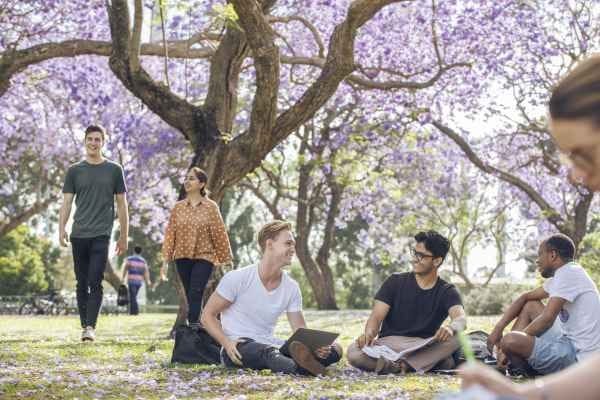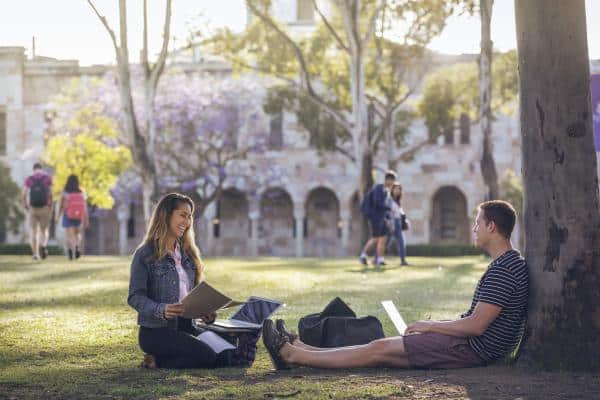Since 2016 the University of Queensland has been among the most committed advocates of SafeZone technology, using it to improve safety for over 52,000 students and 6,600 staff at three campuses. Now senior security managers at UQ are going a step further and are working with emergency services to pioneer exciting new approaches to incident management on their campus.
The University of Queensland is one of Australia’s largest higher education institutions and is consistently ranked in the world top 50 for academic reputation. Its three main campuses and several smaller sites dispersed across the vast Australian state are home to over 58,000 students and staff, all of whom are kept safe by a team of 60 officers using SafeZone as one of their key operational tools.






